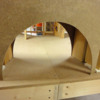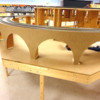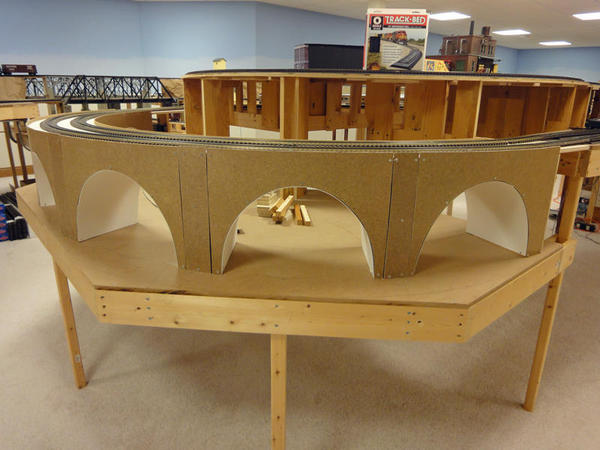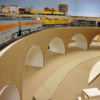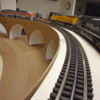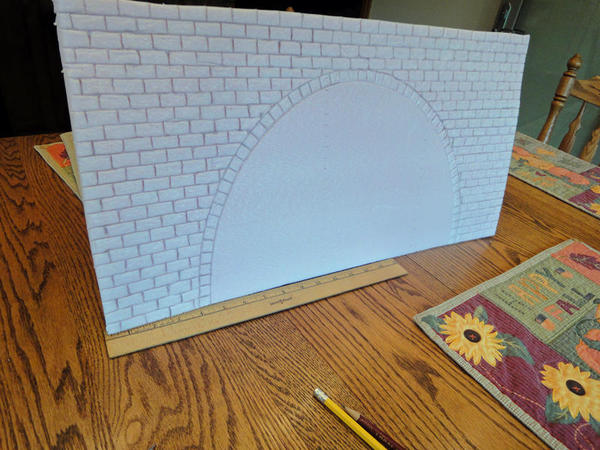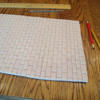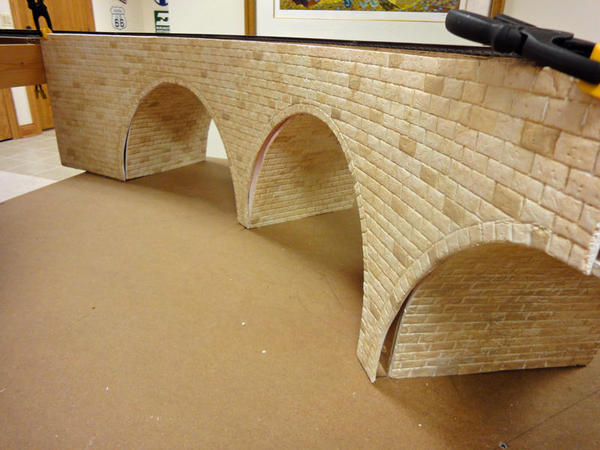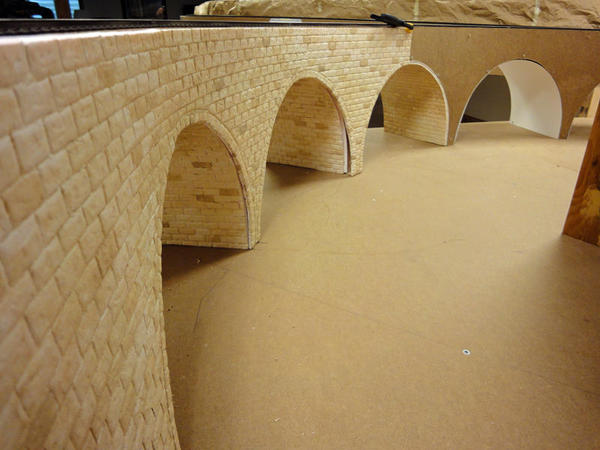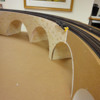I've received several requests to start a thread on my curved arch bridge project, so here goes.
First, as many of you know I was originally planning on building a wooden trestle. But I wasn't happy with the appearance of a double-track trestle and I thought it was more western looking and older than I was looking for. After a lengthy search of real railroad bridges, I came across the Minneapolis stone arch bridge.
The real bridge was built in 1883 by James J. Hill for his Great Northern RR. It was to connect the new Minneapolis Union Station with the rest of the railroad across the Mississippi River. The Great Northern Empire Builder ran over it and it has 21 arches. It also has a curved section which not many railroad bridges do and it is a Midwestern bridge.
My goal is to make mine as realistic as my abilities will permit, but I am not trying to be a perfectionist about it. It will be a centerpiece of my layout that visitors will see as soon as they entre the layout room.
On my next post I will show pictures of the current construction.
Art













